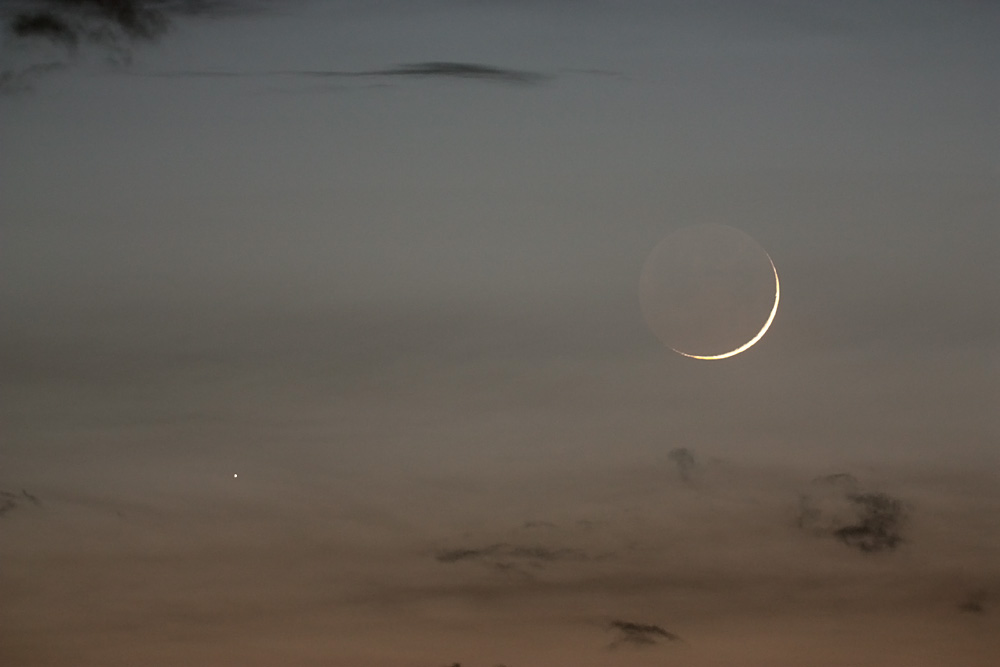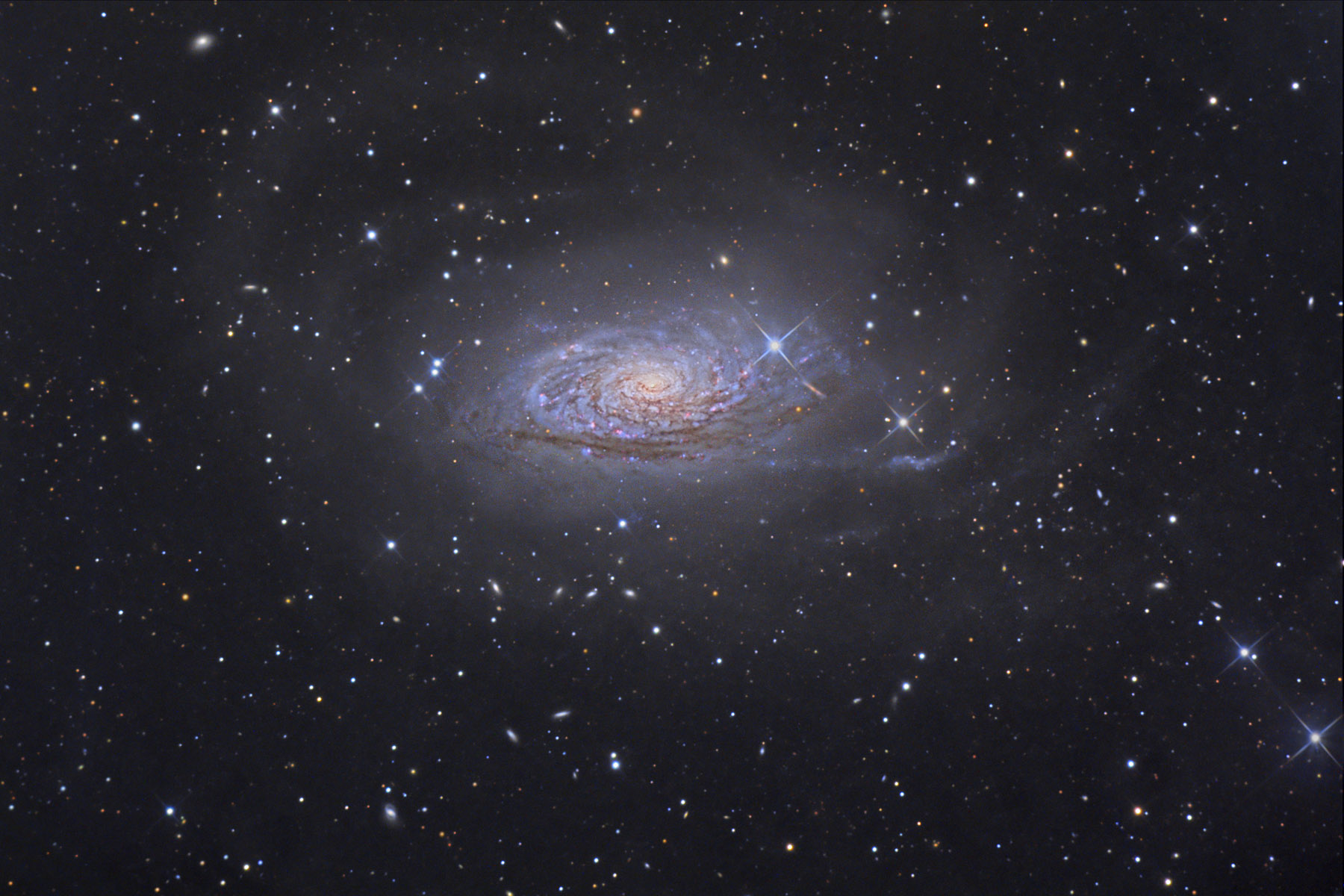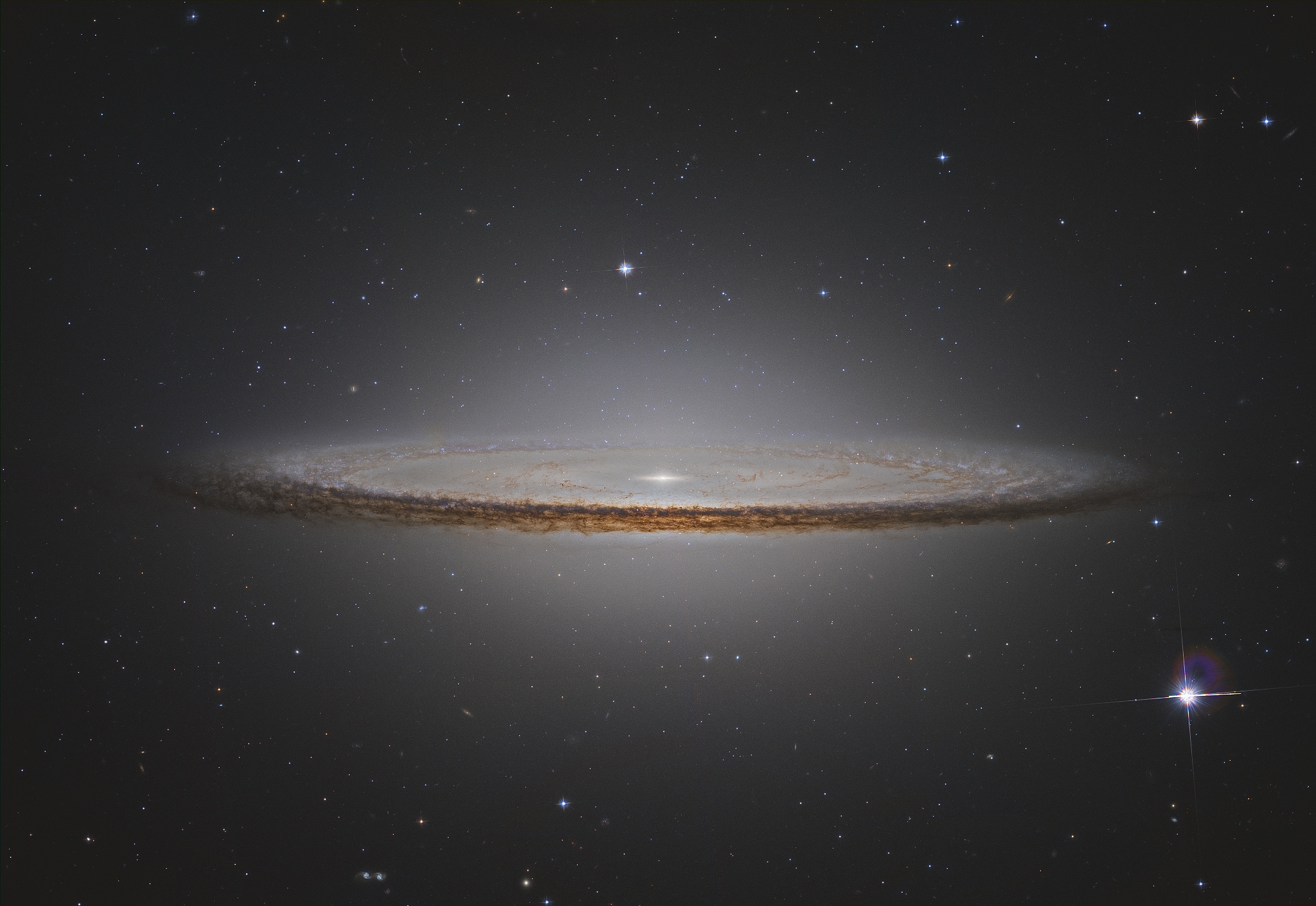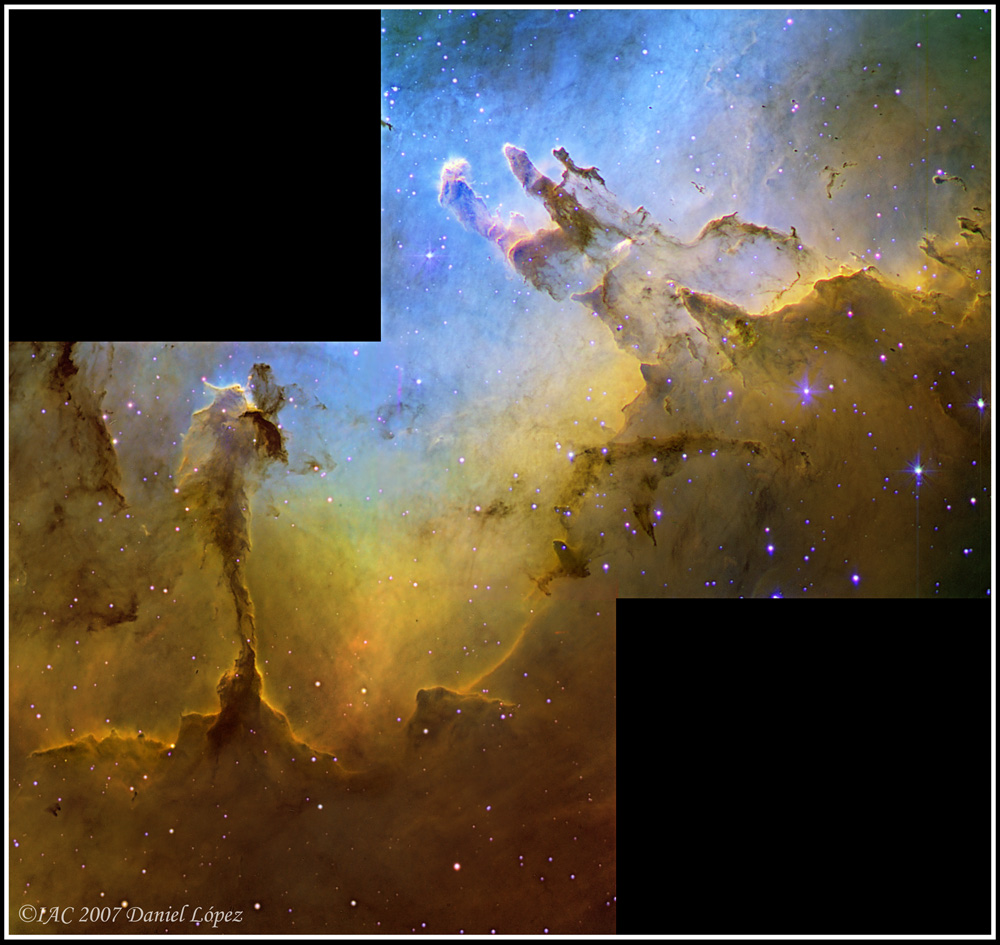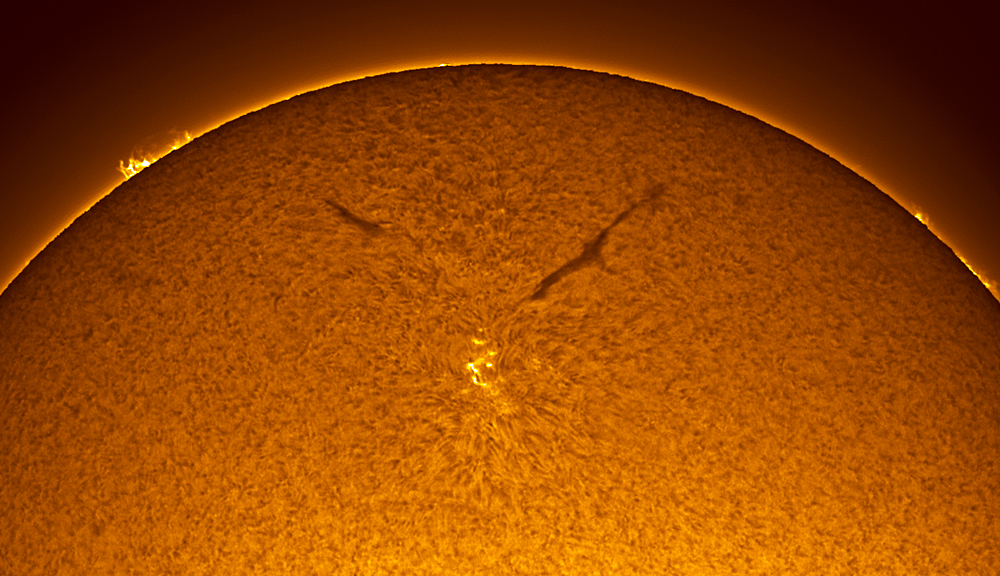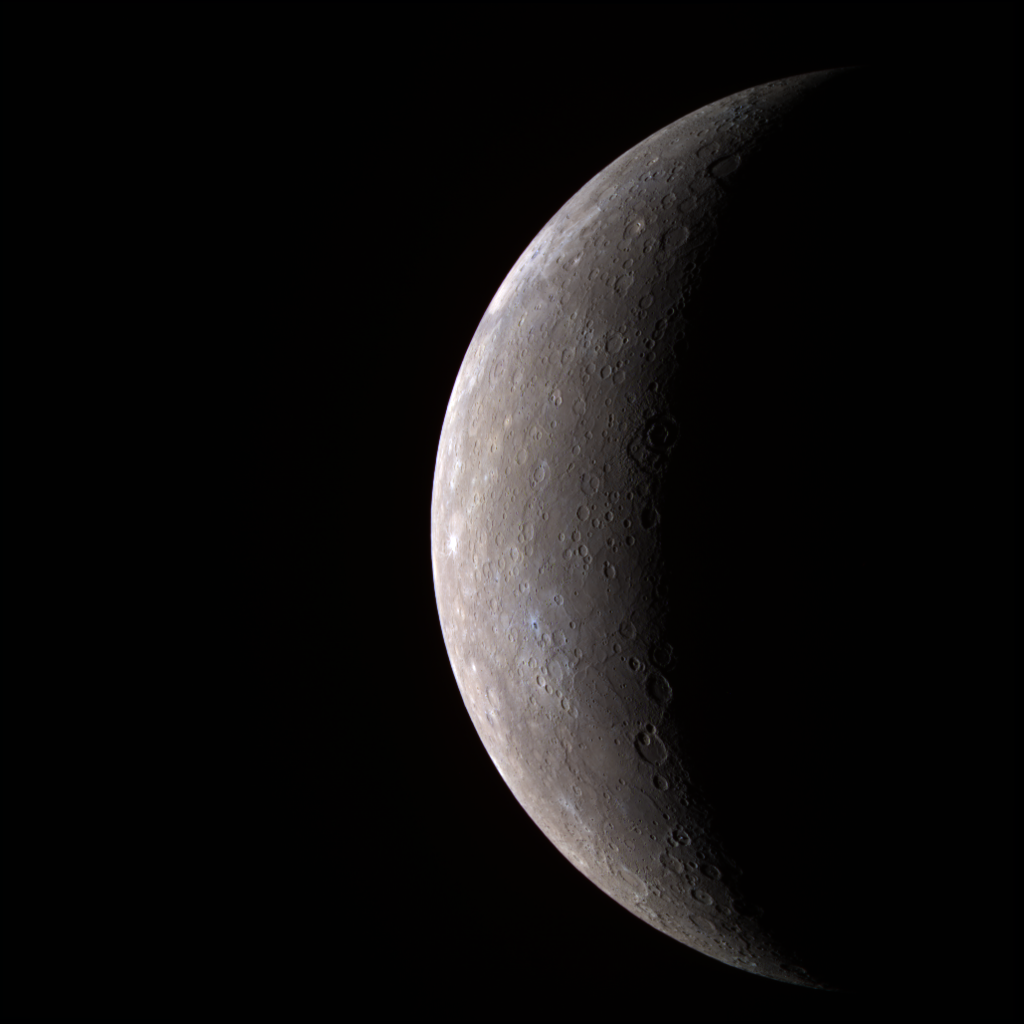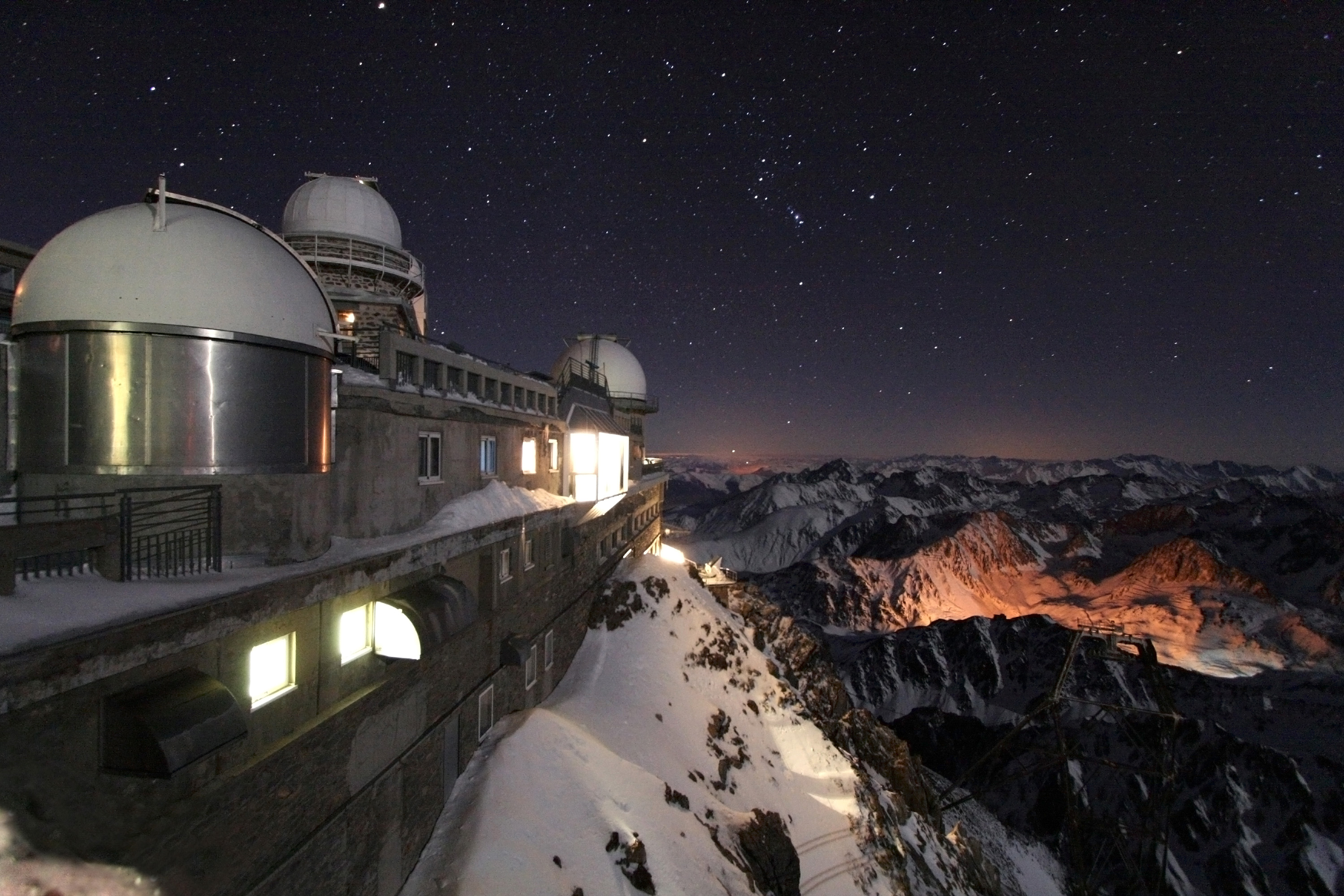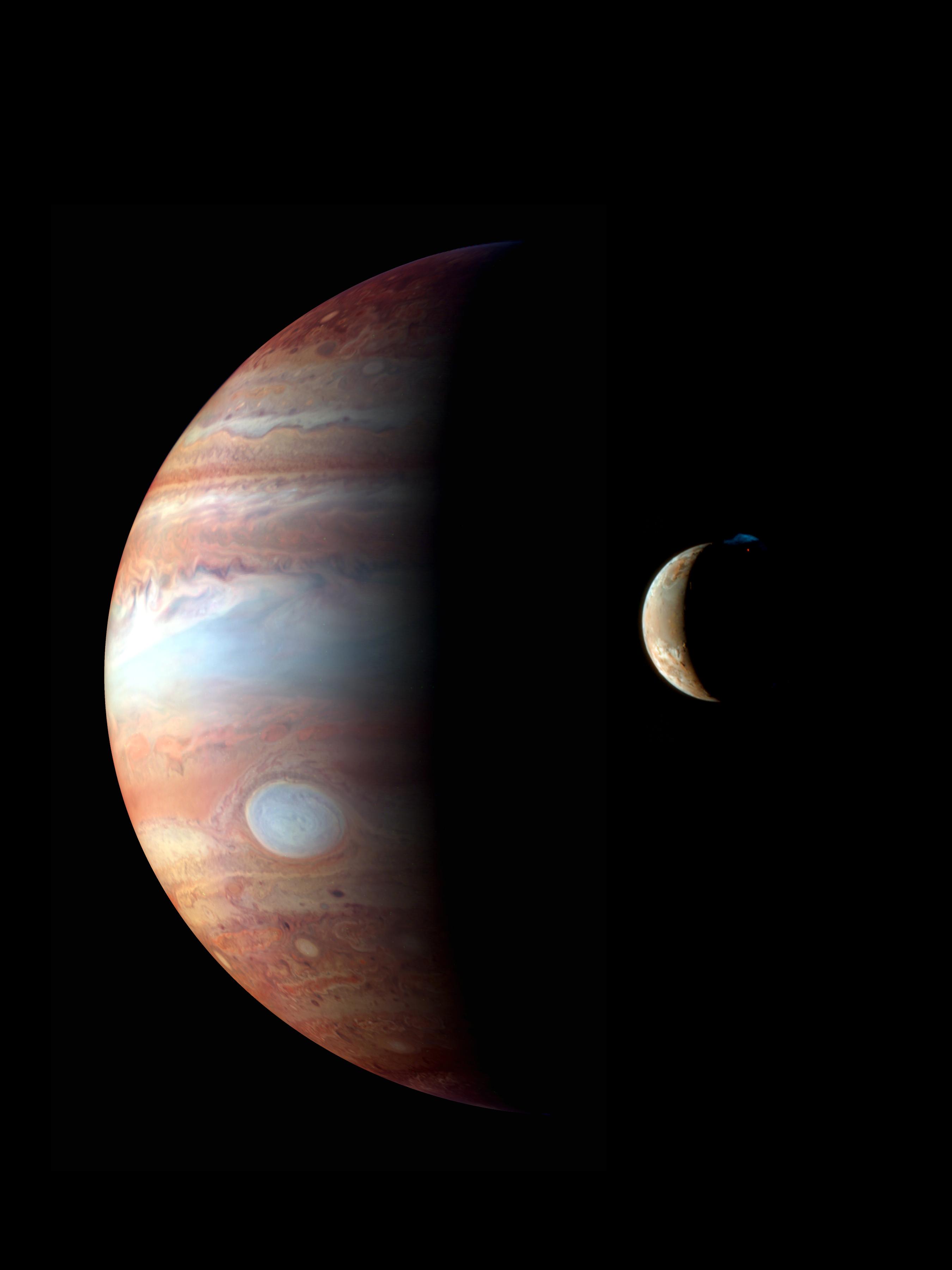As a student, Sandage worked at the Palomar Observatory under Edwin Hubble and Walter Baade. He began to become very interested in the origins of the universe, the evolution of stars, and the age of the universe. He became very talented in observational astronomy and was considered the preeminent observation cosmologist after Hubble’s unexpected death by heart attack in 1953. Sandage decided to continue Hubble’s work, despite the daunting tasks of collecting data and eliminating erroneous data. He used the normal color-magnitude diagram to determine the age of a star, with luminosity plotted against temperature. In 1958 he published his estimation of the Hubble Constant, which was about 75 kilometers/second/megaparsec. This is about the accepted value today and estimated the universe to be far older than Hubble had thought, about 7 to 13 billion years. However, after more research, Sandage published a new constant years later, of about 55 kilometers/second/megaparsec. This put the universe at an age of about 14 to 20 billion years old.
Sandage’s research into the Hubble constant, and his spectral studies of globular clusters, made him believe that the universe was not only expanding but also contracting in a cycle with a period of about 80 billion years. Sandage is credited for discovering quasars with his colleague Thomas Matthews in 1964, quasi-stellar radio sources believed to be created by black holes on the edge of the Universe. He is also credited for the discovery of jets erupted from the core of the M-82 galaxy. Furthermore, the standard candles known as Hubble-Sandage variables are named partially after him and partially after his mentor. Notable awards include the Gold Medal of the Royal Astronomical Society and the National Medal of Science.
Sandage wrote not only on Astronomy, but also on Religion. He fervently believed that science and religion did not have to exist separate from each other, and advocated the possibility of scientists believing in both.
Yeah that’s about all I got. There wasn’t much on this guy, sorry Percy…
Works Cited
"Allan Rex Sandage." Wikipedia. 23 May 2008
"Encyclopedia of World Biography." BookRags. 23 May 2008

